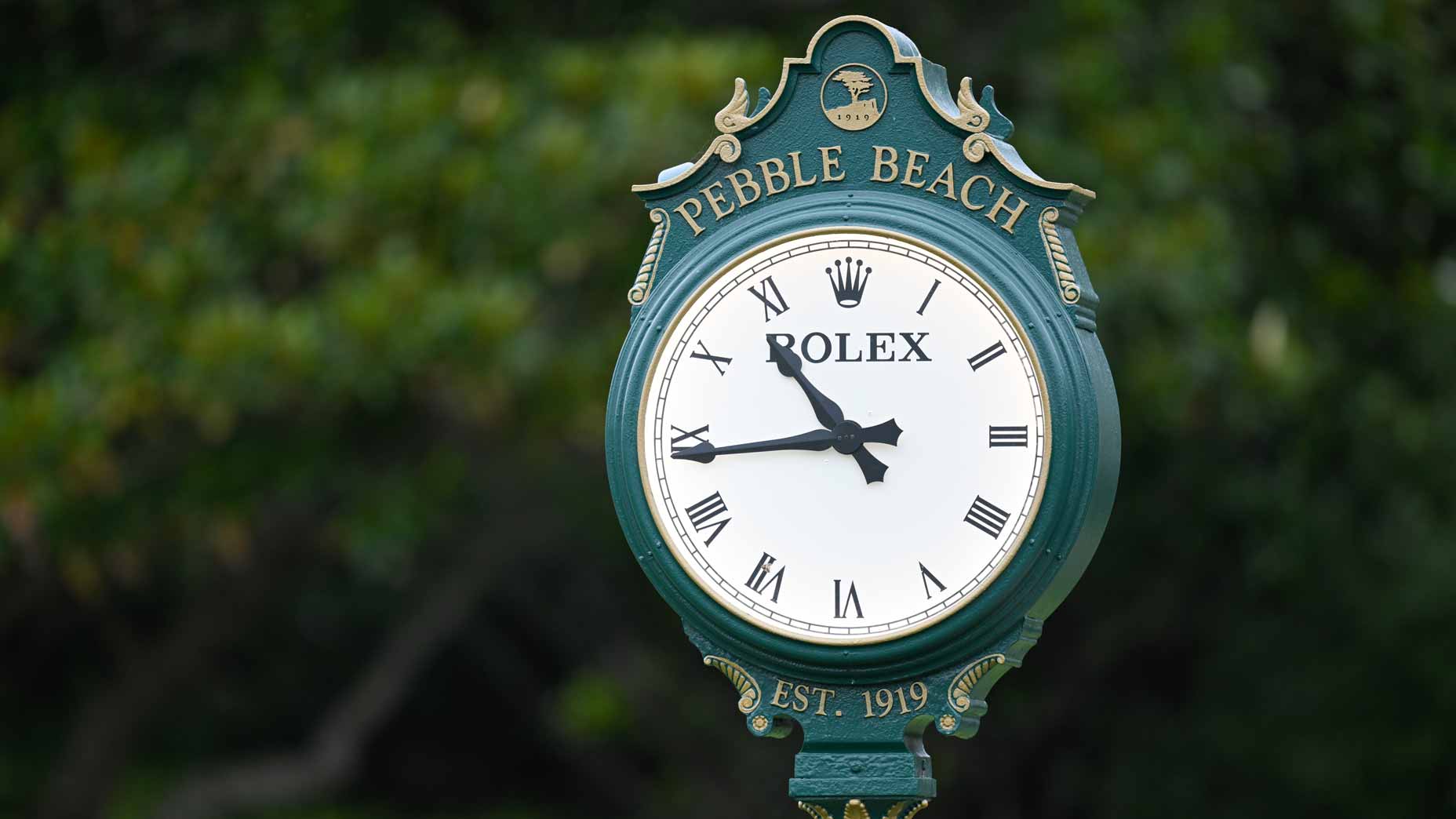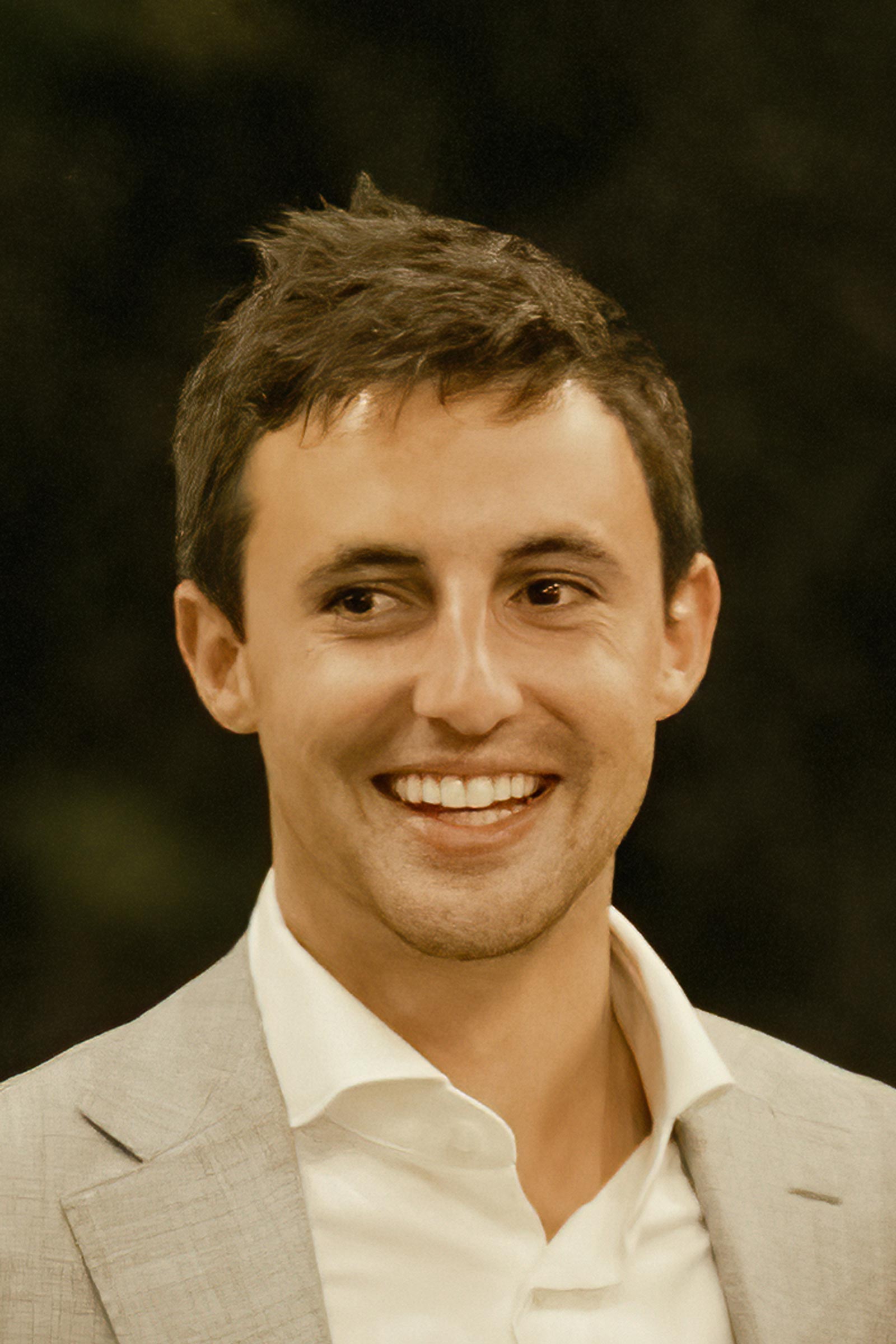Did the PGA Tour magically solve its slow-play crisis?
- Share on Facebook
- Share on Twitter
- Share by Email

Slow play has been a hot topic on the PGA Tour of late.
Getty Images
As Jim Nantz greeted Rory McIlroy on the 18th green for the trophy ceremony at the conclusion of the AT&T Pebble Beach Pro-Am, he offered an apology.
“Thanks for waiting,” Nantz said. “We had 20 minutes to fill.”
“No problem,” McIlroy countered with a smile. “So we don’t have a slow-play problem?”
Nantz was referring to CBS’s broadcast window, which had built in some wiggle room for a slower pace of play than what the Tour’s top stars had thrown down. And while that meant extra airtime to fill — quick, guys, who else can we interview? — it was the beginning of a welcome shift. After weeks of debate around the Tour’s slow-play crisis it has been an all-around good thing that that the conversation on Tour the last three weeks has swerved from the topic.
Early that week at Pebble, after all, it was all anybody could talk about. The Tour was coming off back-to-back sluggish final rounds with low-wattage leaderboards at the American Express and Farmers Insurance, and slow play was an easy (and deserving) target. When Dottie Pepper called for more “respect” from players on the CBS broadcast, she was roundly praised; this had been something on everybody’s mind. At the AT&T, every player that stepped to the microphone was pressed for solutions, from McIlroy to World No. 1 Scottie Scheffler and everyone else. That same week the PGA Tour had several executives meet with attending media to address, in part, the slow-play crisis.
Some solutions offered at the time:
-The Tour intends to make more “virtual rulings” or at least get officials on the scene faster using video review at Tour HQ in Florida.
-The Tour is going to test out rangefinders (distance-measuring devices, they call ’em) at some point this year and see if they help speed things up.
-The Tour is considering naming and shaming; they have the data on each pro’s pace of play and could make it public just so we know who the snails really are and can aim our collective vitriol accordingly.
-The Tour didn’t mention anything about a shot clock, but with the arrival of TGL and its 40-second countdown it was an attractive solution that gained plenty of traction on social media — and from several top pros, too.
But the Tour’s return to Torrey Pines was a reminder that there are other factors involved, too. And that faster play is possible.
Two rounds at Torrey
At the Farmers Insurance Open the week prior to Pebble, the final round was marked by a three-hour front nine and five-and-a-half hour round duration for groups in contention. What’s the solve for that?
“Jeez, I have no idea,” McIlroy said as part of a lengthy response several days later. He outlined the challenges: Wind speeds. Green speeds. Bumpy greens. Threesomes. Big fields. Tight tee times. Long par-3s. Reachable par-5s. “You can maybe improve it by 15 or 20 minutes, but that’s still a five-and-a-half hour round into a five-hour and 15 round, so is that really improving it enough to make a huge change?” he asked. “I don’t know.”
But folks, what a difference three weeks makes. On Sunday the Tour wrapped up the Genesis Invitational at Torrey Pines, the very same golf course that had hosted the sluggish Farmers. The course was still plenty tough. The rough was still plenty long. But the final groups? They clocked in at just over four hours. Again, CBS had time to kill before the end of the broadcast window. Ludvig Aberg was an appropriate winner, given his pre-shot routine takes about the same time as a Google search. Everybody seemed happy. So what was the difference?
Playing twosomes off one tee, in good weather, has a significant impact on Round Times.
— Robopz (@Robopz) February 17, 2025
Last time at Torrey we saw some 5:45+ round times for split tees, threesomes and windy days.
This week… playing in twosomes in good weather resulted in round times from 3:42 to 4:10.… pic.twitter.com/Yykv7yiVHf
There were several. The first big difference was threesomes off split tees (for the Farmers) vs. twosomes off the first (for the Genesis). The second big difference was a smaller weekend field for the Genesis (the cut was to the top 50 and ties), which provided extra flexibility. The third big difference was scoring conditions, which were brutal for the Farmers (74.75 final-round scoring average) vs. relatively benign for the Genesis (70.14). Even if you adjust for a slightly better field at the Genesis, the effect was the same: fewer golf shots.
There are several lessons to be learned here. The Tour is already addressing several of them with changes that’ll take effect next year limiting field size to give groups more room to operate. But I think the biggest takeaway is this: when you think of slow play you probably picture a golfer standing behind his ball for an unnecessary duration, or standing at address taking one waggle after another. By all means the Tour should discourage that sort of nonsense; it’s disruptive as a viewer and it probably doesn’t actually help the player anyway. But these same guys are more than capable of playing four-hour rounds when they’re put in position to do so.
Slow-play is a multi-pronged issue. It will continue to be a challenge for professional golf. But it’s hardly impossible to solve. Or so I wish to believe.
Latest In News

Dylan Dethier
Golf.com Editor
Dylan Dethier is a senior writer for GOLF Magazine/GOLF.com. The Williamstown, Mass. native joined GOLF in 2017 after two years scuffling on the mini-tours. Dethier is a graduate of Williams College, where he majored in English, and he’s the author of 18 in America, which details the year he spent as an 18-year-old living from his car and playing a round of golf in every state.









